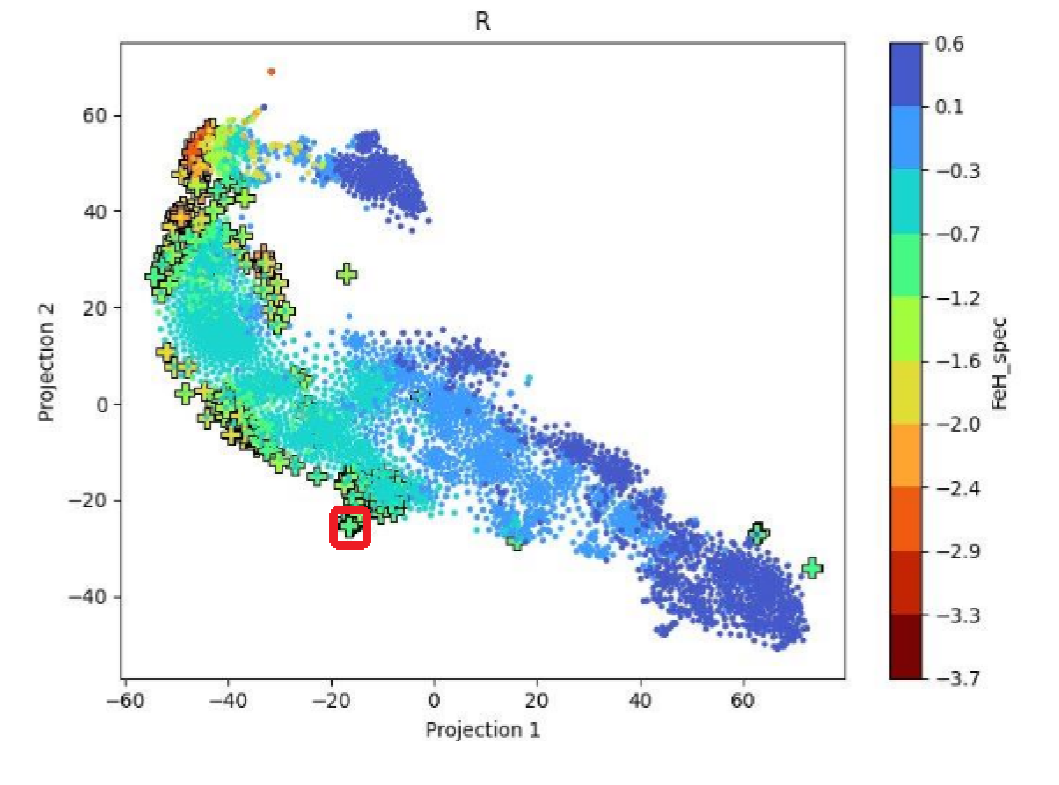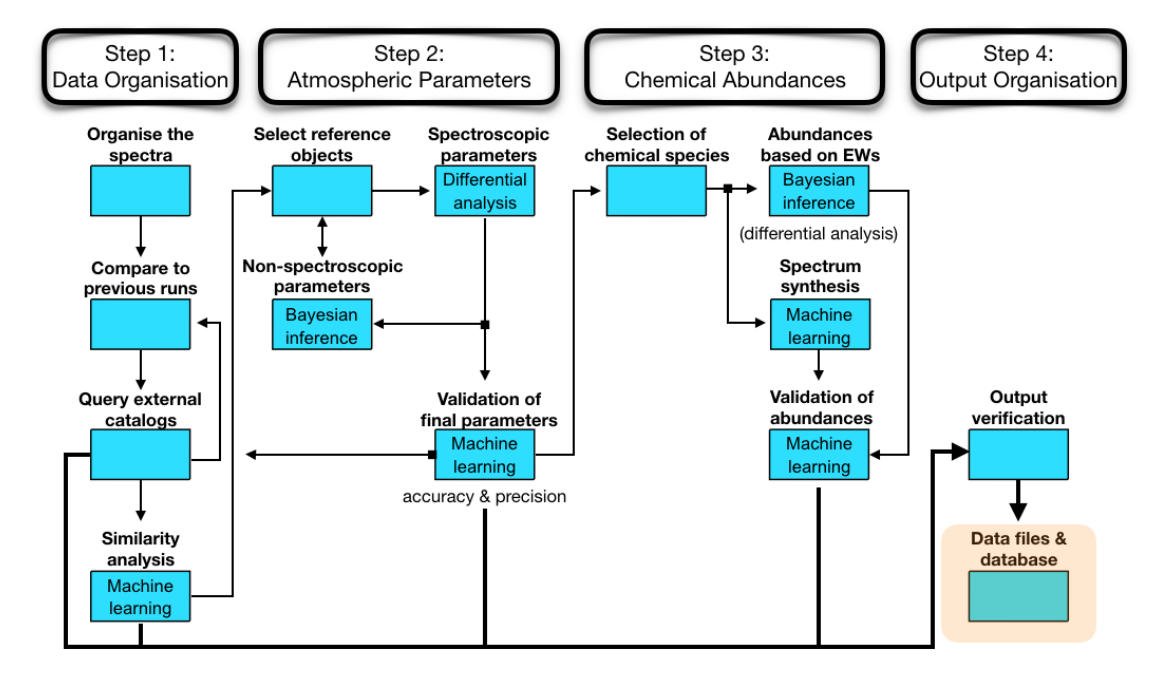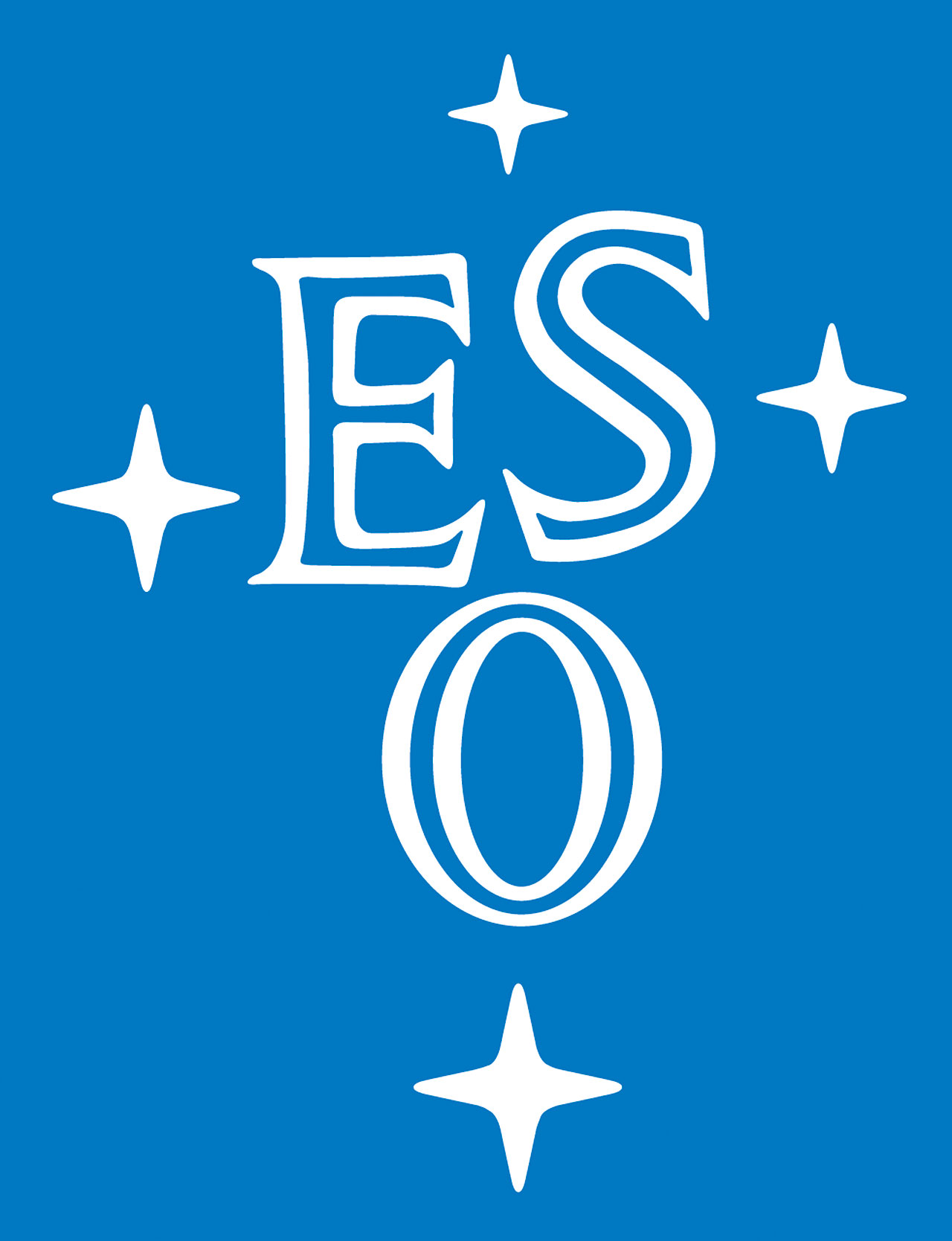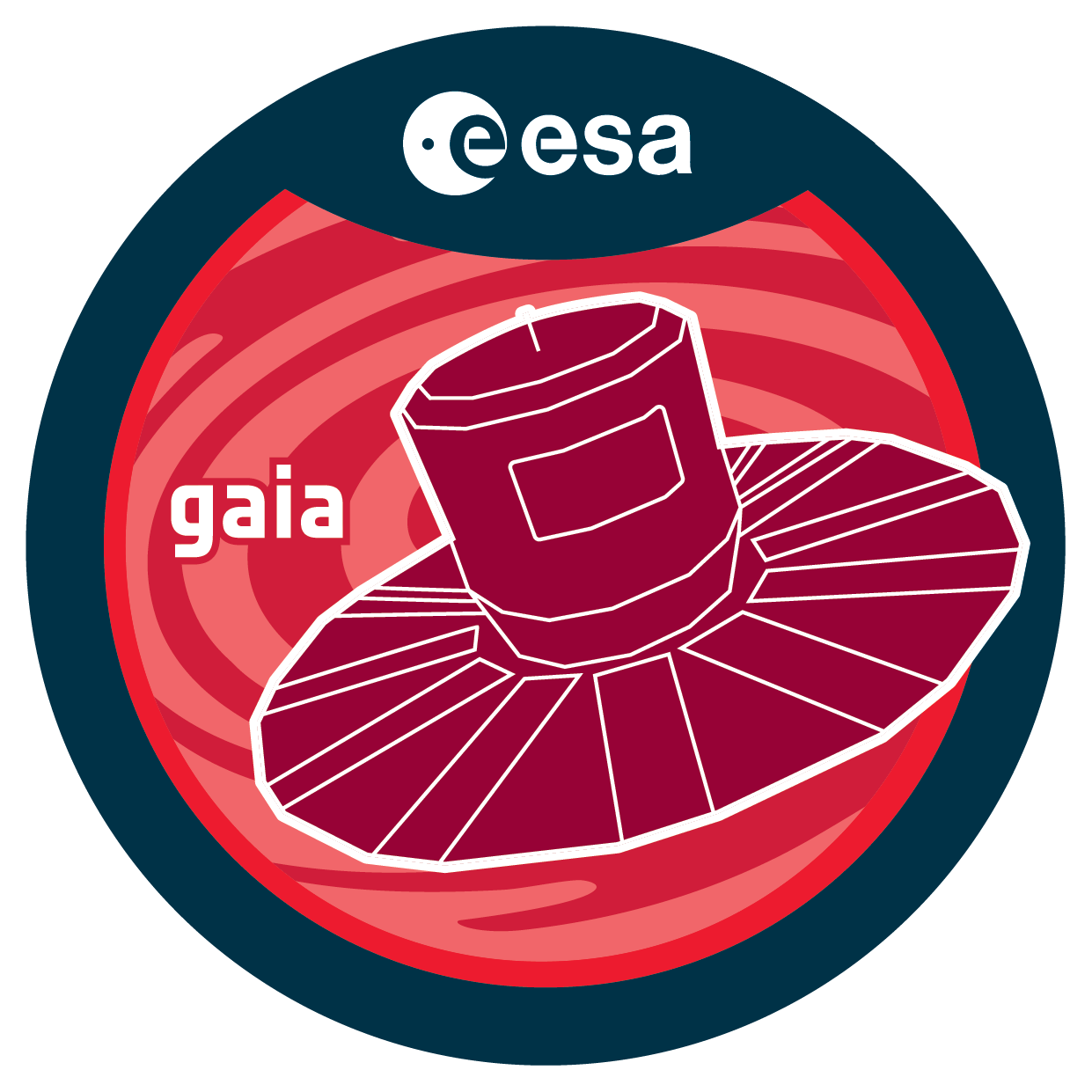IAU Symposium 395: Stellar populations in the Milky Way and beyond
This symposium took place between November 17-22, 2024, in the city of Paraty, Brazil. Two members of the SAGA Team participated in the symposium presenting work developed within the CHESS project. Two text contributions from these presentations will be published in the "Proceedings of the International Astronomical Union" and are summarised here.

Figure 1: Two-dimensional t-SNE projection maps for the Gaia RVS spectra colour-coded by the value of [Fe/H] from the Gaia RVS analysis of Recio-Blanco et al. (2023). Reference stars are shown with circles and globular cluster stars as plus markers. Credit: Left panel of Fig. 2 in Özdemir et al. (2025).
Gaia atmospheric parameters of stars in globular clusters
One contribution is a three-pages text entitled "Probing the Gaia atmospheric parameters of stars in globular clusters" by Sergen Özdemir, John Eduard Martínez-Fernández, and Rodolfo Smiljanic. The text describes preliminary results of applying the similarity analysis part of the CHESS pipeline to stars in globular clusters. Two samples were used in this analysis, one containing 2800 high-resolution UVES spectra of 1300 stars and another with mean Gaia RVS spectra for 215 globular cluster stars.
The similarity analysis finds similar stars using directly the spectra by means of a dimensionality reduction technique called t-SNE. More details about the method will be described in Martínez-Fernández et al. (submitted to A&A).
An example of results obtained in this type of analysis is a group of spectra (13 stars, inside the red square shown in Fig. 1) which are similar both in their spectra (confirmed after a visual inspection) and in their spectroscopic parameters available in the Gaia catalogue. We found that 12 of these 13 stars are members of the globular cluster 47 Tuc. According to Harris (1996), 47 Tuc is monometallic cluster with [Fe/H] = −0.72. This group of stars has an average of [Fe/H] = −0.88 (±0.14) in the Gaia RVS values (Recio-Blanco et al. 2023).
The next step in the work is to perform the differential analysis to obtain precise and accurate chemical abundances in globular cluster stars.
Playing CHESS with stars: Opening moves
The second contribution is a two-pages text introducing the CHESS pipeline. The text entitled "Playing CHESS with stars: Opening moves" was co-authored by R. Smiljanic, J. E. Martı́nez-Fernández , S. Özdemir , M. L. L. Dantas & A. R. da Silva. The purpose was to explain the workflow adopted in CHESS with automated steps for the analysis of large sets of stellar spectra (Fig. 2).

The main points of CHESS include:
- Precision: implements multiple instances of the differential analysis method to reach high precision in the results;
- Accuracy: uses stars with independently known accurate parameters as reference in the differential analysis;
- Complete: strives to extract abundances for every single element with lines available in the wavelength range of the data;
- Data: we are currently re-analyzing the data archive of the UVES spectrograph, but expect to extend CHESS to deal with data of other instruments in the future


